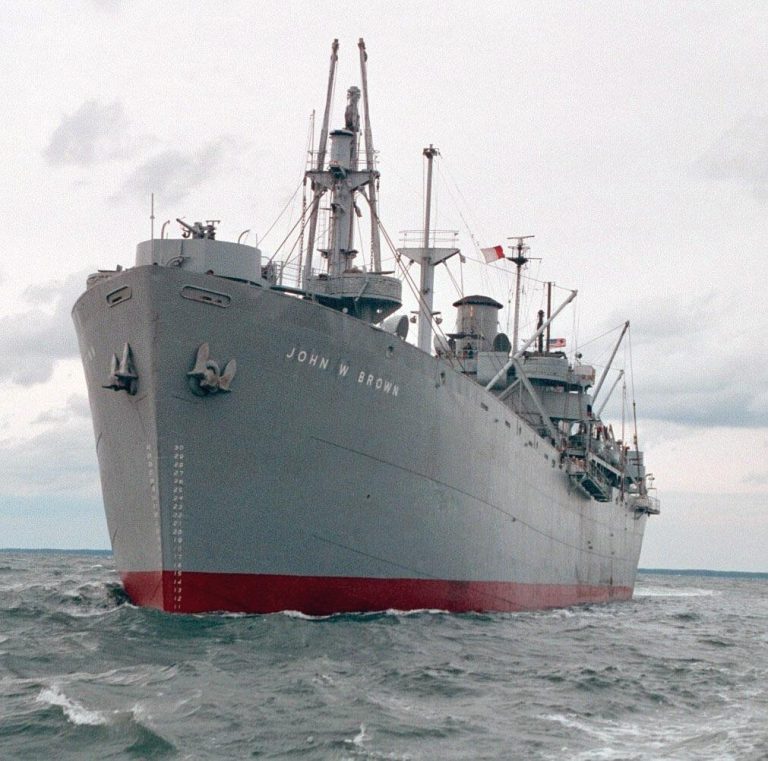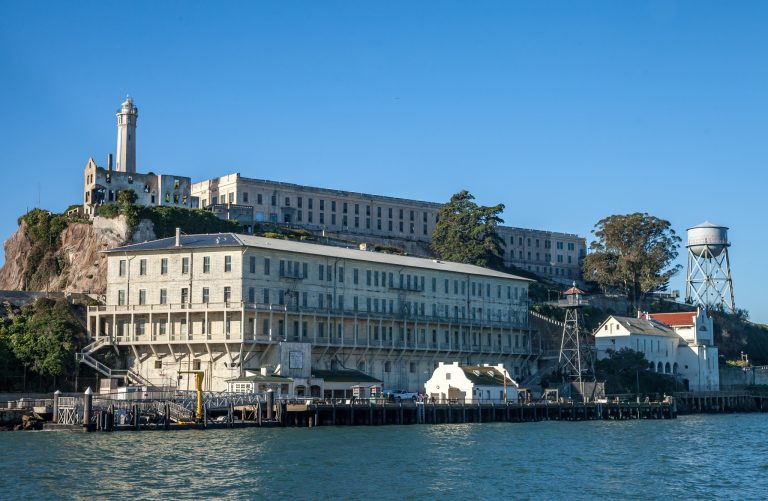This historic site, a restored World War II Liberty Ship, offers students a truly unique and rare educational experience. It’s not every day that you get to explore maritime and wartime history on one of only two operational Liberty ships. The vessel, serving as a floating museum based in Baltimore, immerses students in the realities of life aboard a merchant ship during the war. Field trips aboard the ship provide opportunities to engage with topics such as naval logistics, ship engineering, and the broader impact of maritime operations during WWII.
During tours, students can explore various parts of the ship, including the bridge, engine room, and crew quarters, gaining insight into the roles played by sailors, engineers, and naval personnel. Educational programs often highlight the importance of the Liberty fleet in securing Allied victory, transporting essential supplies across dangerous seas. These experiences make connections between historical events and the technologies that supported wartime efforts, from communication tools to cargo-handling innovations. To further enhance the learning experience, students can access educational resources or materials before or after the field trip, allowing them to delve deeper into the topics covered.
The ship also offers Living History Cruises, a unique and engaging experience that allows participants to experience reenactments and operational demonstrations while sailing through the Chesapeake Bay. These events enhance students’ understanding by recreating the sights and sounds of a functioning WWII merchant vessel, providing an interactive way to connect with maritime history and its global significance.
Beyond its role in military operations, the John W. Brown has a fascinating history as a maritime vocational high school in New York, where for decades students learned skills like engine operation and navigation. This legacy ties into the ship’s current educational mission, fostering hands-on learning experiences that blend history, engineering, and seamanship. Visiting students leave with a deeper understanding of how technology, teamwork, and logistics shaped historical outcomes.





